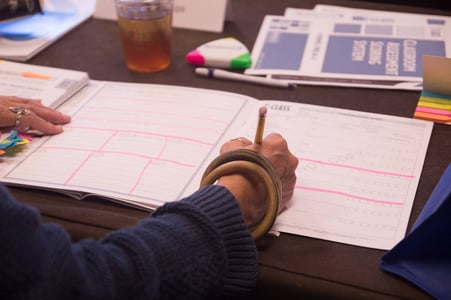
It was Jim Morrison who said, “I think the highest and lowest points are the important ones. Anything else is just . . . in between.” We all experience ups and downs. Whether in our personal circumstances or as we progress in our careers, the highs and lows we encounter teach us more about ourselves than the in-betweens.
In measuring the quality of relationships in classrooms, trained observers use the CLASS® measure to capture both the lower-quality and higher-quality behaviors that are demonstrated in classrooms. Scores are assigned using a scale across several important dimensions:
- Low scores (1–2) are assigned when behaviors associated with a dimension were demonstrated in a low-quality manner, were lacking, or were rarely present in the classroom interactions.
- Mid scores (3–5) are assigned when the classroom interactions associated with a dimension were somewhat present during the classroom observation or a part of some children’s experience.
- High scores (6–7) are assigned when the classroom interactions were highly characteristic of a dimension during the observation. High-range behaviors are those that are meaningful, consistent, sustained, and reflective of everyone’s experience in the classroom.
Each CLASS score provides administrators and educators with specific, detailed information about what children experience in their classrooms. Low- and mid-range scores help to identify what types of educator interactions may be absent or lacking in consistency throughout a child’s day. This information can drive educators to be more aware and reflective of their daily practices, to strengthen certain aspects of interactions, and to strive for higher-quality relationships with children.
High-range CLASS scores help educators know which interactions are high quality and provide an opportunity to celebrate their strengths. This information also alerts educators to the interactions they should continue to demonstrate in their classrooms. Reflecting on their successes can help educators become more confident in their skills, achieve deeper and more meaningful interactions in their classrooms, demonstrate more effective teaching strategies, and set higher goals.
Learn more about how educators, coaches, and school leaders, use CLASS in their daily work. Want to become a certified observer? Register for an upcoming training.
